What's New
Displaying results 2461 - 2470 of 4052
Resource | Publications,
We have made incredible progress in the global fight against HIV/AIDS. But we are starting to see a dangerous level of complacency which threatens to reverse the real achievements made so far.
The world stands at a critical juncture: if we act with urgency in the next five years, we could end AIDS as an epidemic by 2030. But achieving this goal will require $12 billion annually more by 2020, targeted more effectively to reach the most vulnerable. Our new report calls on governments to prioritize support for the Global Fund; leaders in sub-Saharan Africa to invest more domestic resources in health; and the private sector to play a greater role.

Resource | Presentations,
By NittayaPhanuphak, MD, PhD
Thai Red Cross AIDS Research Centre
PrEPARING ASIA: A New Direction for HIV Prevention among MSM in Asia
Regional Consultation
September 2015
Bangkok

Resource | Presentations,
By Chris Beyrer MD, MPH
Johns Hopkins Bloomberg School of Public Health
PrEPARING ASIA: A New Direction for HIV Prevention among MSM in Asia
Regional Consultation
September 2015
Bangkok

Resource | Presentations,
PrEPARING ASIA: A New Direction for HIV Prevention among MSM in Asia
Regional Consultation
September 2015
Bangkok
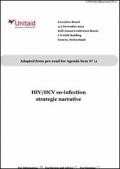
Resource | Publications,
Until recently, diagnosis and treatment of HCV was complex. Suitable tools for screening and diagnosis were lacking, and treatment was hampered by limited efficacy and severe side effects. New medicines for the treatment of HCV have revolutionized HCV treatment. Combinations of these new medicines, which are generally well-tolerated and effective, can cure HCV in 12 weeks. This offers a huge opportunity to address HCV, in particularly among HIV/HCV co-infected people, who are more vulnerable as they progress faster to serious disease than HCV mono-infected people.
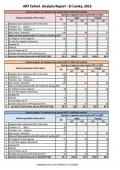
Resource | Data Sheets,
This document provides Cohort analysis for patients who started ART in 2013 (12 months), Cohort analysis for patients who started ART in 2012 (24 months) and Cohort analysis for patients who started ART in 2009 (60 months).
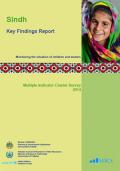
Resource | Publications,
A diverse set of data is a pre-requisite for effective planning and governance. The Sindh Multiple Indicator Cluster Survey (MICS) is an important source of accurate and reliable data on a comprehensive set of socioeconomic indicators.
The purpose of the survey is to provide statistically valid data for researchers, policy makers, planners, and individual’s vis-à-vis evidence based decision, program and policy making, in-depth analysis and future forecast regarding human development. MICS is a unique source of information in which more than 120 indicators are covered on the basis of the province, 5 divisions, 28 districts as well as area of residence and background. MICS also provides high-quality data on household’s characteristics, child mortality, nutrition, child health, reproductive health, ante-natal health checks, child development, education and literacy, water and sanitation, wealth quintiles and poverty status.
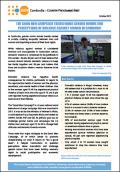
Resource | Publications,
In Cambodia, gender norms remain heavily rooted in society, creating inequality between men and women and depriving women of their basic rights. While violence against women is considered immoral and unacceptable in Cambodian culture, domestic violence is considered to be justifiable in this society. Nearly 60 per cent of men believe that women should tolerate domestic violence to keep her family together and 28 per cent believe that there are occasions where a woman deserves to be beaten.
The "Good Men Campaign" is a 5-year national social behavioural change campaign that was launched in 2011. Its primary goal was to challenge gender norms and encourage the 3.5 million men and boys aged 15 to 49 to change their attitudes and behavior towards women.

Resource | Publications,
The World Health Organization (WHO) and the Joint United Nations Programme on HIV/AIDS (UNAIDS) Secretariat organize an annual meeting with pharmaceutical companies and stakeholders to discuss antiretroviral (ARV) drug demand forecasts for adults and children.
The March 2015 meeting went beyond the usual three-year forecast by including a model of new ARVs that will be needed up to 2024. For the first time this year, the meeting also included a discussion on hepatitis B and C medicines.
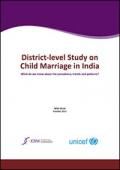
Resource | Publications,
The present study analyzes the prevalence and some key drivers of child marriage at the district level in India, using government data sources. The practice of child marriage persists across the country, with many northern states having the highest percentage of women married before the legal age. Although there has been a significant decline in child marriage for females throughout the country, especially for girls below the age of 15 years, child marriage continues to affect almost a third of all girls in India.
Among individual characteristics, the level of education of females has the most profound impact on the age they marry, irrespective of household wealth, locality and other characteristics. Further, in the districts studied here, Other Backward Class (OBC) and Scheduled Caste (SC) women tend to have the lowest mean age at the time of marriage, irrespective of their level of education, locality and economic background.





